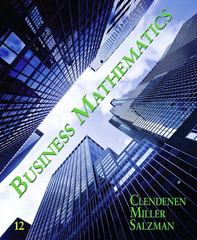Answer all questions
Q No. 3 The Calgary Company is attempting to establish a current assets policy. Fixed assets are $600,000, and the firm plans to maintain a 40 percent debt-to-assets ratio. Calgary has no operating current liabilities, The interest rate is 12 percent on all debt. Three alternative current asset policies are under consideration: 40, 50, and 60 percent of projected sales. The company expects to earn 18 percent before interest and taxes on sales of $6 million. Calgary's effective tax rate is 40 percent. 1. What is the expected return on equity under each alternative? 2. Evaluate ROE from owner point of view and suggest which option is best for him? 3. Suggest which option would you like if you are managers of the company and do not have much concern about business? 4. Why current assets policy is important in this particular situation? Q No. 4 K Co. is a publicly listed company involved in the production of highly technical and sophisticated electronic components for complex machinery. It has a number of diverse and popular products, an active research and development department, significant cash reserves and a highly talented management who are very good in getting products to market quickly. A new industry that K Co. is looking to venture into is biotechnology, which has been expanding rapidly and there are strong indications that this recent growth is set to continue. However, K Co. has limited experience in this industry. Therefore, it believes that the best and quickest way to expand would be through acquiring a company already operating in this industry sector. Discussions taken place about the possibility of acquiring Tee Co. being acquired by K Co. Price of Tee company in stock market during last one year are as follows. Price at the end of month Month Month end KSE 100 Price INDEX Jan 175 32600 Feb 185 33900 March 152 33500 April 190 34000 May 195 33500 June 188 33800 July 190 33700 Aug 195 33200 Sep 190 32900 Oct 185 33100 Nov 190 33900 Dec B8 34100 1. Calculate average return for both stock and market 2. Calculate Standard deviation for both 3. Calculate coefficient of variation for both 4. Calculate Beta of stock 5. Suggest what you understand from Beta







